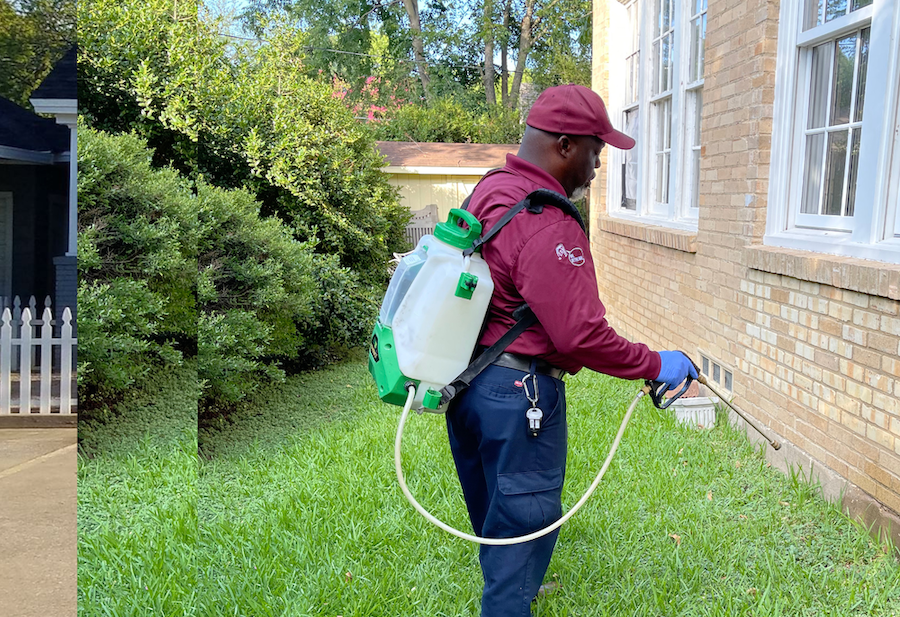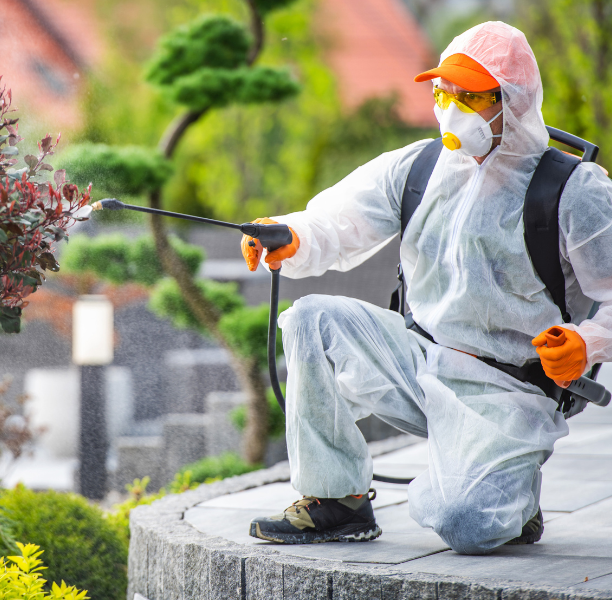Stop Future Infestations with Services from Pest Control Lockhart
Stop Future Infestations with Services from Pest Control Lockhart
Blog Article
Discovering Problem and Therapy Methods worldwide of Parasite Control
The landscape of pest control incorporates a myriad of difficulties, specifically as invasions of common household bugs continue to develop. Understanding the behaviors and reproductive patterns of these annoyances is critical for developing reliable therapy techniques. By integrating preventive steps with advanced monitoring methods, such as Integrated Insect Management (IPM), homeowners can better secure their environments. The effectiveness of these techniques may differ considerably based on certain circumstances. What underlying aspects add to the success or failure of these strategies in different settings?

Typical House Vermin
When it involves managing our space, understanding usual home parasites is important. These parasites not just disrupt our comfort but can additionally posture health and wellness dangers and damages building. The most prevalent family parasites consist of ants, roaches, rats, termites, and bed pests.
Ants, typically seen foraging in kitchen areas, can pollute food and develop large swarms. Rats, including mice and rats, can cause structural damage and carry illness like hantavirus and salmonella.
Identifying the signs of these pests, such as droppings, nests, or bite marks, is necessary for early intervention (Pest Control Lockhart). Correct sanitation practices, sealing entrance factors, and preserving a clutter-free setting are reliable preventative steps. By identifying these common house insects and recognizing their actions, house owners can take aggressive actions to reduce problems, making sure a healthier living atmosphere
Recognizing Insect Infestations
Insect infestations can rise swiftly, transforming a small aggravation right into a substantial issue if not attended to immediately. Recognizing the nature of these problems is vital for efficient management. Bugs can get into property and industrial rooms for different reasons, including the search for food, sanctuary, or breeding grounds. Usual variables adding to invasions include poor hygiene, architectural susceptabilities, and seasonal adjustments that drive pests indoors.
Recognizing the kind of parasite is necessary, as different types show varied habits and reproductive rates. For circumstances, rats might establish nests in concealed areas while bugs like roaches grow in moist atmospheres. Early detection frequently rests on identifying indicators such as droppings, gnaw marks, or unusual noises, which can show a problem prior to it comes to be severe.
Environmental problems also play an essential function in bug spreading. Warm, moist climates can assist in the rapid growth of bug populations, while modifications in landscaping or building can unintentionally produce favorable environments. Routine inspections and preventative procedures are paramount to reducing the risk of problems. An educated strategy to recognizing these dynamics lays the groundwork for reliable pest administration strategies in the future.
Therapy Approaches and Methods
Reliable treatment approaches and methods are essential for mitigating pest infestations and bring back a secure setting. A diverse strategy is usually best, incorporating chemical, organic, and mechanical approaches customized to the details parasite and the extent of the invasion.
Chemical treatments include making use of pesticides and herbicides, which can effectively get rid of parasites. Correct application and my latest blog post adherence to security standards are crucial to reduce threats to humans and non-target organisms. Integrated Bug Management (IPM) encourages the cautious usage of chemicals as a last hope, counting rather on tracking and threshold levels to determine treatment demands.
Organic control approaches involve introducing natural killers or bloodsuckers to reduce bug populations. This strategy is progressively preferred, especially in farming settings, as it advertises ecological sustainability.
Mechanical techniques, such as traps and obstacles, offer prompt relief from parasites without introducing chemicals. Options include sticky traps for pests or physical obstacles for rodents.
Inevitably, the option of therapy method ought to think about the certain pest, the atmosphere, and prospective effect on human health and wellness and communities. A well balanced combination of these strategies can successfully manage invasions while advertising long-term insect control remedies.
Safety Nets for House
Proactively attending to parasite issues prior to they rise is vital for preserving a healthy and balanced home setting (Pest Control Lockhart). Executing efficient preventative procedures can significantly decrease the probability of problems, ultimately protecting both your property and well-being

Correct landscape design additionally plays a critical duty in prevention. Maintaining bushes and trees trimmed away from the house reduces the opportunities of parasites locating their method inside your home. Moreover, make certain that drainage systems are operating successfully to stop standing water, which can attract in mosquitoes and various other pests.
Finally, regular inspections are a good idea. On a regular basis inspecting for indicators of insect activity enables early treatment. By adopting these safety nets, home owners can create an environment Source that is much less friendly to pests, therefore improving their overall lifestyle and decreasing the need for substantial insect control treatments.
Commercial Parasite Control Techniques
A comprehensive technique to commercial bug control is important for organizations aiming to keep a safe and sanitary setting. Effective approaches involve a mix of normal evaluations, staff member training, and the implementation of Integrated Bug Monitoring (IPM) practices.
Routine inspections allow very early detection of bug task, allowing for timely treatment. Organizations ought to establish a regular timetable for these assessments, concentrating on risky locations such as kitchens, storage spaces, and garbage disposal websites. Employee Visit This Link training is equally vital; personnel should be informed on the signs of pest problems and the relevance of reporting them immediately.
Implementing IPM techniques assists alleviate insect issues sustainably. This consists of habitat modification, such as securing access factors and minimizing mess, along with using natural deterrents before resorting to chemical therapies.

Additionally, teaming up with a licensed pest control supplier makes certain access to professional understanding and sophisticated treatment options. This partnership can lead to customized parasite control intends customized to the details demands of business, minimizing risks and improving total efficiency. Ultimately, a positive and informed approach promotes a pest-free environment, protecting both public health and organization online reputation.
Verdict
In conclusion, effective bug control demands a thorough understanding of typical house insects and their habits, coupled with targeted treatment techniques. Implementing precautionary actions alongside treatment techniques such as Integrated Parasite Management and biological control boosts the ability to reduce invasions.
Report this page